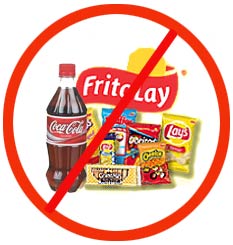Nobody likes change, especially Facebook users. The most recent switch to the new timeline layout prompted groups such as “1 million likes to get rid of FB’s new timeline” and “I Hate Facebook Timeline”. However, if Facebook had listened to all the resistance it faced with every makeover, their interface would long be out of date.

Source: http://cdn.ientry.com/sites/webpronews/article_pics/sophostimelinepoll.jpg
With technology changing at such a rapid pace, Facebook has to continue to innovate in order to stay competitive. But is this innovation at the price of its users’ satisfaction? In a poll of over four thousand people, over 80% of the respondents had some kind of concern with the new layout. In another poll, over 75% said that they wish they could keep the layout the same. These numbers might seem alarming!

Source: http://www.benphoster.com/wp-content/uploads/2011/07/Facebook-User-Growth-Chart.png
Facebook does not seem concerned at all with this, as they are still constantly tinkering and improving their product. Based on a graph showing the overwhelming growth of Facebook since its inception, it seems that despite dissatisfaction with change, it is not enough to drive users off the website.

Source: http://blog.geeksaresexytech.netdna-cdn.com/wp-content/uploads/2012/02/facebook-google.jpg
Due to the nature of social networking, some users, like myself, might feel obligated to stay with Facebook as that is where the majority of the people are. This provides Facebook with a sustainable competitive advantage that its competitors find hard to crack. Even Google’s grand attempt at joining the social networking race failed miserably just because of the simple reason that everyone is on Facebook.
Chalk it up to good timing or just sheer luck, but the fact remains that Facebook capitalized on the recent leaps in technology that revolutionized accessibility of the internet and are now reaping the benefits.






